
Andy Clarke today confidently declared that the worst was now over for Asda. His key word for the day was “nadir”. Like any good politician trying to drum home a key message and embed take-home soundbites into the brains of his listeners, the Asda CEO repeated the word more than a dozen times. And he assured the packed room of journalists gathered at Carnaby Street for the Q2 results presentation that, after the low point of a painful 4.7% fall in like-for-like sales in the 11 weeks to 30 June, green shoots of recovery had been spotted.
Clarke described the second quarter as “our lowest point” but added it should be viewed in the context of a grocery market that was in “meltdown”, with short-sighted rivals abandoning profits for the sake of a quick boost to flagging figures. Massive investments in price and extensive vouchering – a recurring bugbear and easy answer to many ills for Clarke – were to blame.
“We’ve certainly hit our nadir; every business has to have one,” the Asda boss said. “The nadir of other retailers has been substantial. And this is ours, which we are declaring today. But we’re on an upward trend with some positive green shoots in quarter three.
“In our 50th year, we have led the way as we have gone through what is a very challenging storm for the retail market. Whether it is with price investment, launching our strategy, going first with reorganising our structure, we are ahead of the curve. Although we have hit our nadir, we are on the upward curve now.”
Clarke, and CFO Alex Russo, put a brave face on what is a very tough run of numbers for Asda. The pair smiled and acted relaxed as they said their hellos and projected a front of strength for the business. But there was no hiding the awfulness of the figures. There was an audible wince across the room when Clarke announced the 4.7% drop, with the CEO giving everyone “a moment” to take it in. The worst performance in Asda’s history – taking the decline to 4.2% for the half and coming on the back of a 3.9% fall in Q1 and Sainsbury’s stealing its spot as Britain’s second-biggest grocer.
There was little evidence on show to back up that the worst is now behind Asda, but Clarke said the positivity of the trend through Q3 so far gave him confidence that Q2 was indeed the lowest point.
Clarke and Russo both appealed for calm and said Asda was two years into a five-year strategy. “We want to reinforce that it is working and we’re wholly committed, as our parents are, no matter what the short-term disruption might be around us,” Clarke added.
It raises the question: if the plan is working, was a 4.7% slump in sales all part of the strategy? Clarke’s answer was the structural changes in the UK grocery market could not have been predicted when the plan was put together, and the fall in the top line was caused by “short-term tactics” of rivals.
Russo pointed to a slide that showed Asda’s balance sheet write-off for property impairments stood at “nil”, compared with £7bn for Tesco, £700m for Sainsbury’s and £1.3bn for Morrisons. This is Asda’s trump card and does put it in a relative position of strength as it does not need to sell off assets to shore up its books.
The retailer is also expanding its channels and its geographic reach, with more click & collect and petrol station openings, as well as new stores in the South, where others are cutting back. It has improved its operating margins by +30 basis points in the quarter thanks to its low-cost operating model, which Russo claimed was the lowest of any of the big four. He added that George was also “storming in every single dimension that it is looked at”.
At the opening of the presentation, Clarke said he was surprised to see so many new faces in the room and he wanted to quash any rumours circulating that he was on his way out of Asda. “Here I am presenting the quarterly results, and I’m here to stay,” he said.
But if those green shoots aren’t real and blooming by the end of the year, that decision may well be out of Clarke’s hands.







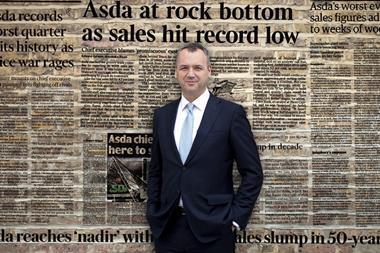

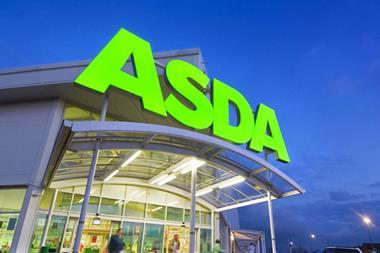
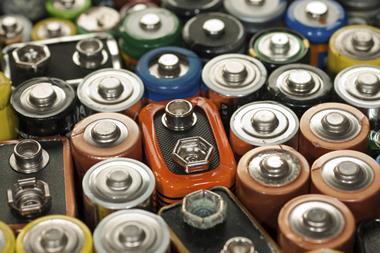
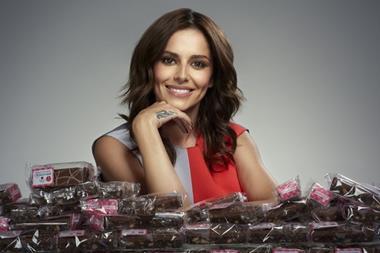
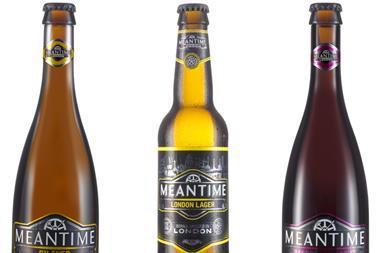






No comments yet